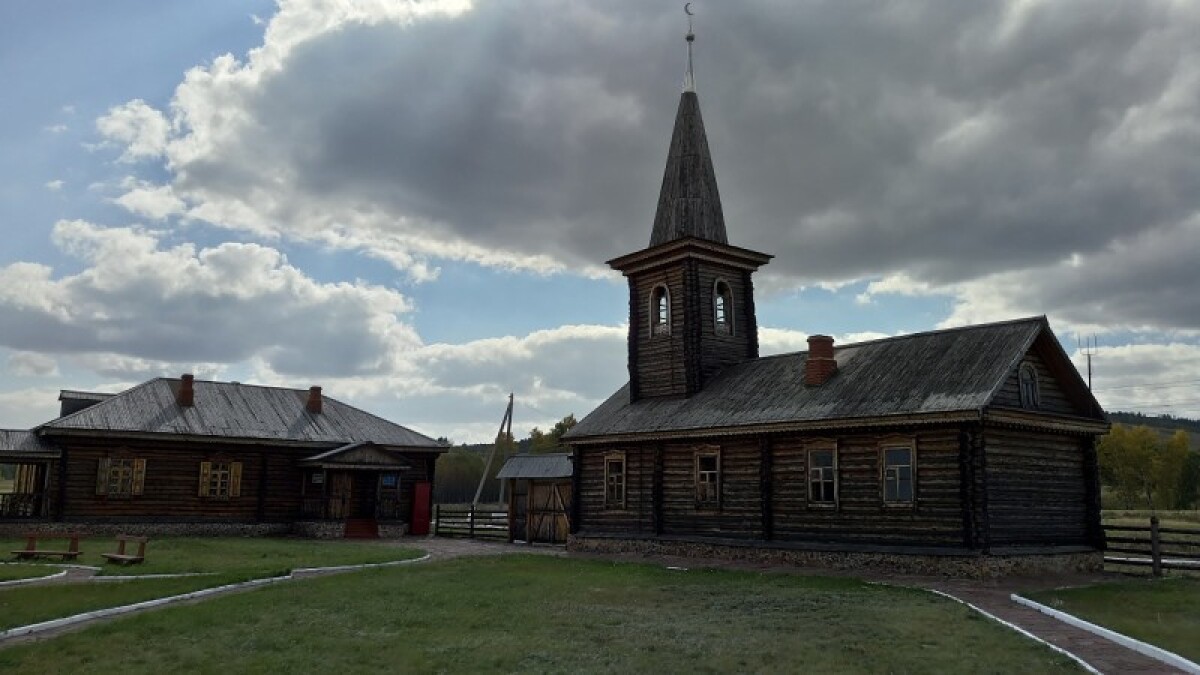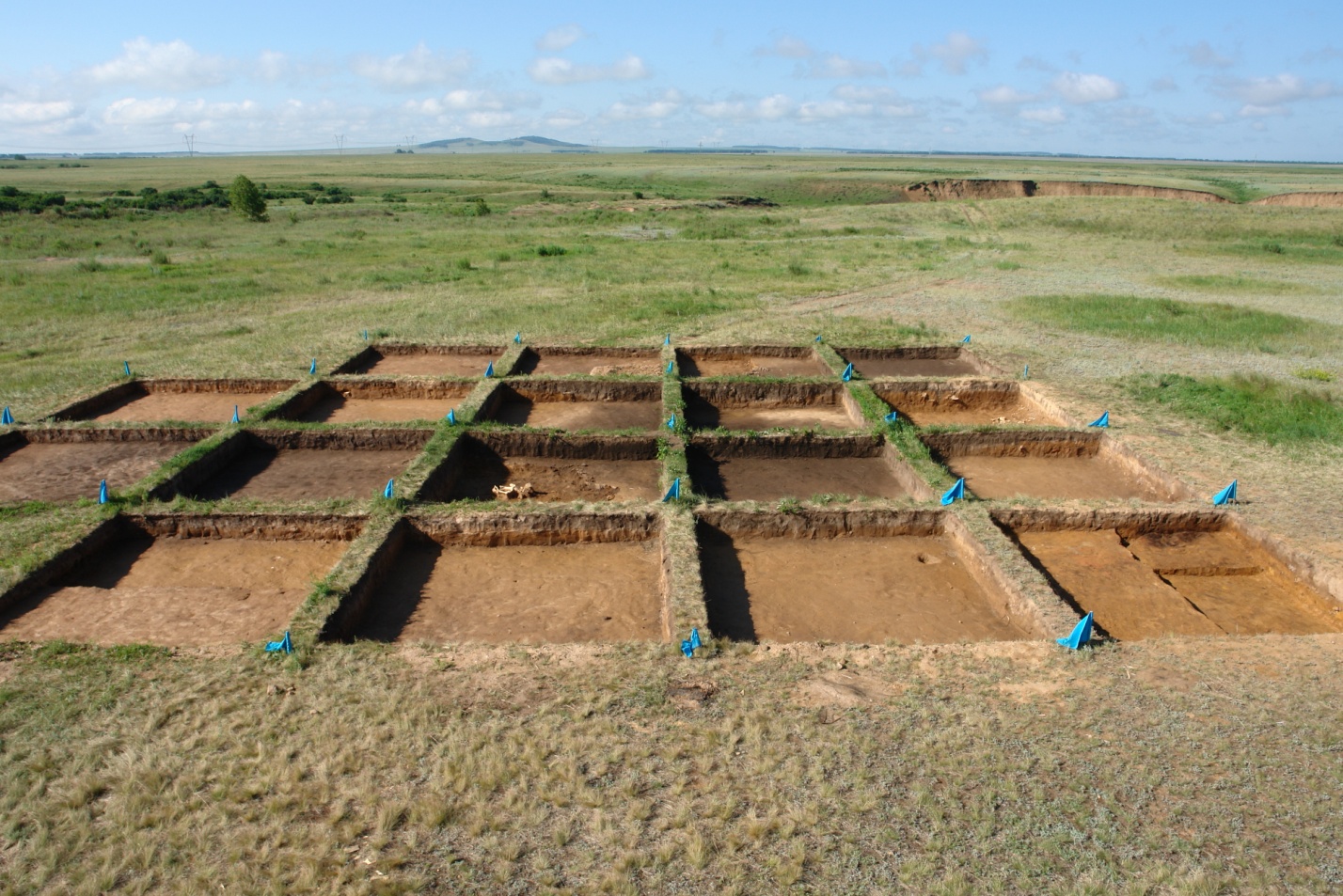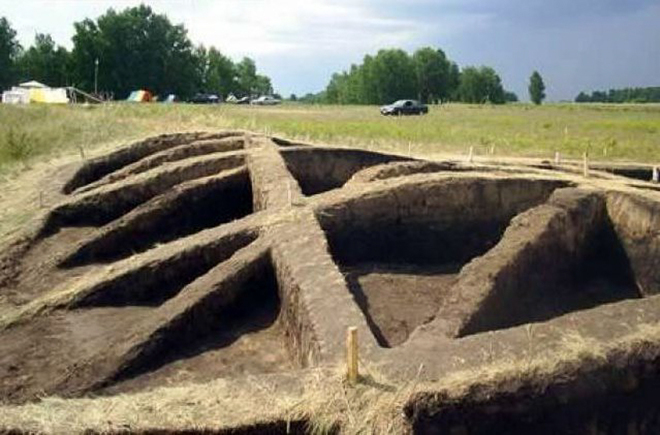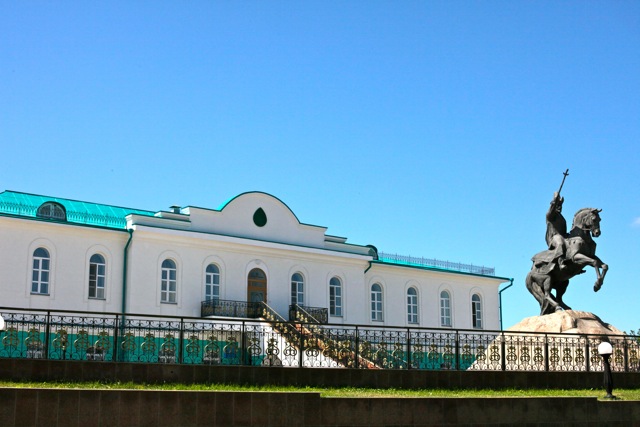
The first reference to the monuments located in the Region, are found in the Drawing Book of Siberia and its atlas, compiled in 1701 by Semen Remezov, reprinted in 1937 by the Academy of Sciences of the USSR. Interesting information about the ancient monuments and archeology of the Region on a regular basis appeared in reports of the Northern expeditions organized by the Russian Academy of Sciences, one of the tasks of which was “to highlight the history of so far unknown countries”. The accession of Qazaqstan to Russia, its inclusion into the economy of the Russian State led to a broad study of the Region. By that time, Qazaqstan was a poorly researched territory.
There is an information about archaeological monuments of Northern Qazaqstan in numerous articles and works done by geographers, geologists, naturalists, geodesists, topographers. They wrote about ancient mine workings, burial mounds, remains of cities, small settlements, mazars, drawings and inscriptions on stones and etc. (P.Rychkov, P.Pallas, I.Shangin, A.Levshin, A.Geine). They registered the monuments and gave them a general description.
“Botay” archaeological site
In 1980, the “Botay” archaeological monument was discovered by a North-Qazaqstan archaeologist, Doctor of Historical Sciences Viktor Zeibert. The “Botay” eneolithic settlement changed opinion of modern scientists about the development of the ancient world. The archaeologists were very surprised by the findings of the excavations. About 250 dwellings were found on the site. The archaeologists have recreated the process of building of ancient dwellings. Later, in the north of Qazaqstan, several more similar settlements were discovered, they were situated 100 to 150 kilometers away from each other (it is an optimum distance for safely feeding horses in herds).
All above-mentioned give a ground to talk about the Botay culture and the Botayan people, who lived in the era of the transition from Stone Age to the Bronze Age, when there was a shift from a society focused more on the matriarchal family to a true patriarchy family. They made a real revolution at that time being the first who rode a horse.

“Botay” archaeological site, Photo: Botay.kz
The well-known scientific journal “Science” published an article devoted to the “Botay” archaeological monument. It was written by a group of archaeologists, led by British scientists from Exeter and Bristol universities, who conducted the research works. According to their conclusion, on Botay, horses were domesticated as far back as the fourth millennium BC. It is about one thousand years earlier than thought and two thousand years earlier than domestic horses appeared in Europe. The conclusion was confirmed by the result of the analysis of scrapings from the shards of clay vessels found on the Botay, where traces of kumys were found. It is absolutely obvious, if a mare is milked, it means that it is no longer wild.
Archaeologists believe that about 10 percent of horses were domesticated at that time, but free herds were controlled by humans. This is how the technology of horse breeding in the steppes, which has survived to modern times, was born.
The “Ak-Iri” settlement
The “Ak-Iri” settlement is located near the village “Dolmatova” of the North Qazaqstan Region. It was discovered by scientists back in 1968, but for many years there was no chance to make systematic research or excavations. Stationary excavations started here only in 2003. The findings of the excavations surprised scientists.

The “Ak-Iri” settlement, Photo: culturemap.kz
The site “Ak-Iri” dates back to the 5th century BC. The ancient settlement served as a kind of outpost between the inhabitants of the steppe and the forest. There were few buildings: defensive moats, ramparts and other fortifications. Inside the fortified city, scientists find dwellings, as well as the remains of blacksmith shops and ceramics. During the excavations, the site of the monument, located on the high right bank of the Ishim River, was examined in detail. The settlement site was located on a high triangular cape, impregnable on both sides and separated by fortifications.
On the territory of the settlement, cowry shells from the Japanese and Mediterranean seas were found. Probably people used to use them as money. Another interesting detail: birch bark was used as a waterproofing material in the foundation of the ramparts. Furnaces have also been found that are intended for burning clay and for smelting metal. Unique finds allow us to hypothesize that the Saka tribes inhabited this territory.
In 2013, archaeologists of North Qazaqstan State University made a proposal to open an archaeological museum in the open air at the site of the Ak-Iri settlement.
Syrymbet’s Manor
Syrymbet’s Manor (Valikhanov’s Manor) – an old family seat of the Valikhanovs - direct descendants of the khan of the Middle Zhuz of Abylay. It is located near to the modern village Syrymbet in Aiyirtau district of the North Qazaqstan region.
The manor was built for the widow of Uali-Khan, Ayganim (grandmother of Shokan Ualikhanov) upon an order of Emperor Alexander I from April 30, 1824 and upon an order of the Governor-General of Western Siberia Peter Kaptsevich.

Syrymbet’s Manor, Photo: kapusta.kz
Shokan Ualikhanov spent his childhood and youth there. He used to spend his holidays at the manor, when he studied at the Omsk Cadet Corps and lived there between 1862-1864. The manor played an important role in spreading of educational ideas in the Great Qazaq steppe. The poet Sergei Durov, who was a good friend of Shokan Ualikhanov and influenced a lot on formation of his views, used to visit that place in the summer of 1856. Grigory Potanin was there in the summer of 1895.
Shokan Ualikhanov’s father organized aityses there with participation of well-known for Qazaq people composers and akyns (Qazaq poet-improvisers). Aitys is akyns' song competition, one of the traditional forms of the Qazaq oral culture. Among manor’s guests it is worth to mention Birzhan-sal Kozhagulov, Akhan-sere Koramsin, Kurumbay Kangozhin (kobyz player), Koke Aldzhanov (singer), Azhar (poetess).
In 1982, the remains of Syrymbet’s manor were included in the list of historical and cultural monuments of republican importance and now they are under state protection. To date, the original manor has not been preserved, after the revolution, it crashed.
In 1977, a “Kazrestavration” association carried out a topographical survey of a land plot, foundations of buildings were revealed, and data were collected regarding “Syrymbet” manor.
On the occasion of the 150th anniversary of Shokan Ualikhanov in 1985 the manor was restored. It consists of the so-called manor house with a living room, school, mosque, mill, house for servants, baths and outbuildings.
Abylay Khan’s Residence
The Khan of the Qazaq horde Abylay was an eminent statesman in Qazaq history. He was a talented commander, intelligent politician and diplomat. He became a khan of the Qazaq Khanate as a result of gathering of all Qazaq prominent political figures of that time. It was a meeting of sultans and khans of three zhuzes in Turkestan in 1771.

Abylay Khan’s Residence, Photo: kazakhstan.travel
After approval of the tsarist government and the request of Khan Abylay, a wooden house was built in 1765. It was intended for his stay, and was located in the mountains Yangistau, up the river Ishim, near the fortress of St. Peter.
In 2006, a large-scale restoration was carried out in the museum complex “Abylay Khan's Residence”. The exposition of the complex introduces visitors to the main events in the life of Abylay Khan.
